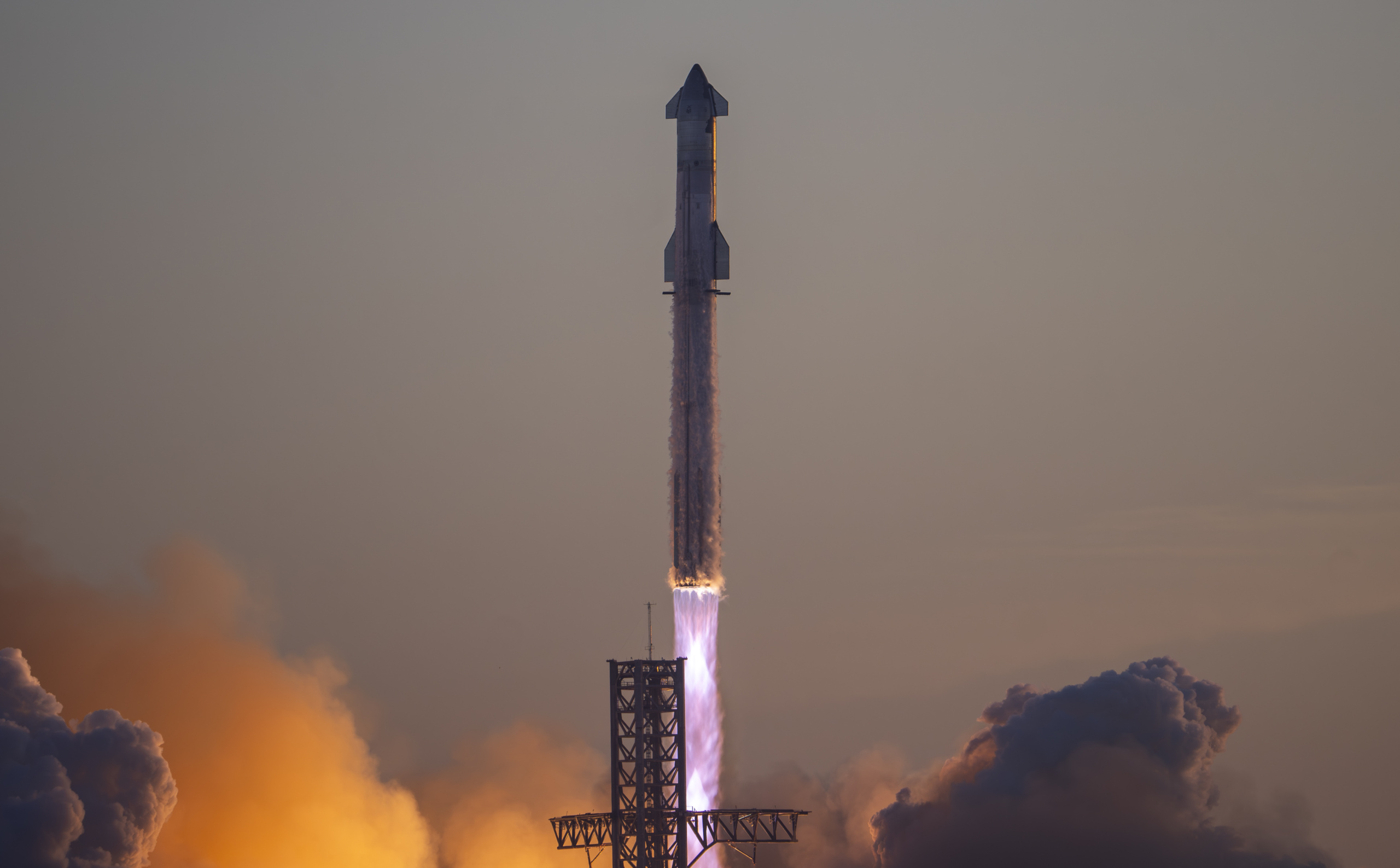
It’s no secret that Elon Musk has big ambitions for the Starship mega rocket from SpaceX. It’s an advanced transport that he says will transport cargo and people across the solar system and eventually help establish a colony on Mars, a goal that’s still a long, long way off.
The company is still working on putting the rocket into orbit and could potentially achieve this goal as early as this year. Next, Starship is planned to be used to launch Starlink satellites with simultaneous tests of refueling technologies in space, the necessary transformation of the ship into a landing module that can land on the Moon.
Two test flights for what is now the largest rocket in the world are behind us – during the first, on April 20, Starship successfully launched and almost reached the stage of separation of the stages, but eventually began to circle uncontrollably and was blown up by the command from the control center; the recent second, on November 18, went through the fission stage and successfully tested several new technologies, but unfortunately also ended in a double explosion.
Currently, the SpaceX team in South Texas is advancing towards the third full-scale test flight of the Starship. On December 20, the Starship’s upper stage completed testing the Raptor’s engines, and nine days later, the superheavy rocket booster launched on the launch pad for a static fire test.
Both may be weeks away from being ready to fly, but the company has yet to release the findings of Starship’s preliminary test flight. Engineers want to understand and fix the cause of the problems, and then the Federal Aviation Administration must approve an investigation before issuing a new commercial launch license. On its next launch, Starship will try to reach near-orbital speed—enough to travel most of the way around the world before re-entering the atmosphere near Hawaii. One of the future tasks is to test the effectiveness of the Starship’s heat shield during atmospheric entry, but before that a successful launch must take place.
Musk has previously said that SpaceX may need 1,000 Starship rockets to provide regular flights between Earth and Mars, and the company will likely have to build one a week. In a recent post, he appeared to be considering accelerating plans:
“To colonize Mars in about 30 years, we will have to produce 100 units per year, but ideally 300 per year,” Musk wrote.
SpaceX aims to make Starship and Super Heavy reusable. A craft that will travel to orbit and then to the moon and Mars will not be reused as often as a launch vehicle. The Super Heavy, equipped with more than 30 Raptor engines, will return about 6 minutes after launch — just as the Falcon does now. Musk says that theoretically the launch vehicle will be ready for the next flight in an hour.
With the Starship itself, the laws of physics and the realities of geography come into play. SpaceX will initially use launch and landing sites for the Super Heavy and Starship in South Texas and Cape Canaveral in Florida (although it has toyed with the idea of marine launch and landing platforms). When the object is in Earth orbit, the Earth rotates beneath it, meaning the Starship will move about 22.5° longitude from its launch site after a 90-minute orbit around the planet. It will take several hours or even a day for the Starship to align with one of the landing sites.
“The ship needs to complete at least one orbit, but more likely several, to resume its path to the launch site, so reuse can only be daily,” Musk wrote. “That means ship production should be about an order of magnitude higher than launch vehicle production.”
SpaceX President Gwen Shotwell said last year that engineers “designed Starship to be as similar to aircraft flight operations as possible … We want to talk about dozens of launches a day, if not hundreds.” This frequency is considered in order to deliver millions of tons of equipment to space for settlement on Mars – which will fall on the shoulders of the so-called Starship refueling tankers.
Clearly, Musk’s ultimate goal would require rocket travel to become almost as routine as air travel. Over the past three decades, Boeing has produced an average of about 300 of its 737 aircraft per year. It is about such scales that Musk is talking about with Starship.




